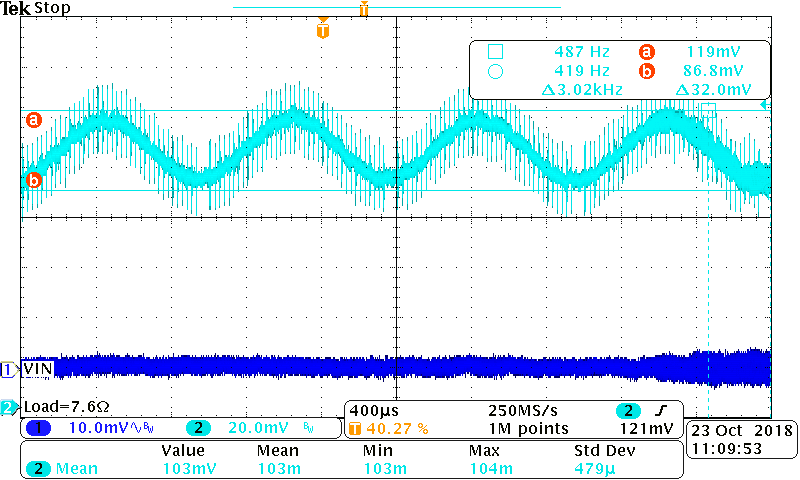Hi Sir
According to table in Page 4, output impedance of INA223 is 4 ohm typically
Since it names as impedance, should it be AC term?
I cannot find any description more in the datasheet.
Is it possible to take a measurement to confirm?
How should I do?
Thanks
Regards
Ben





